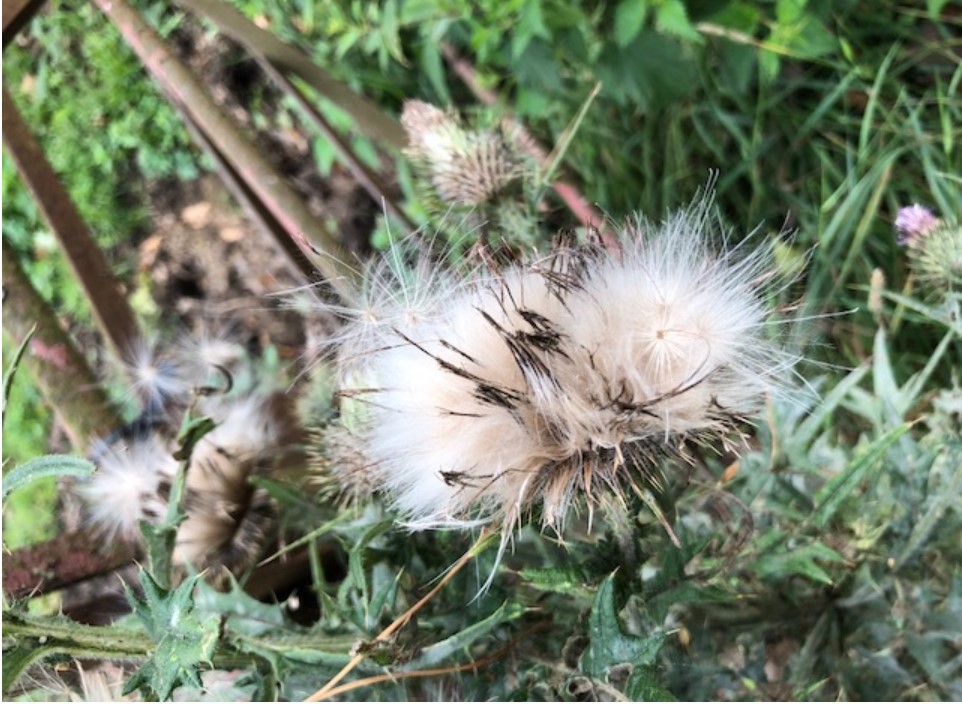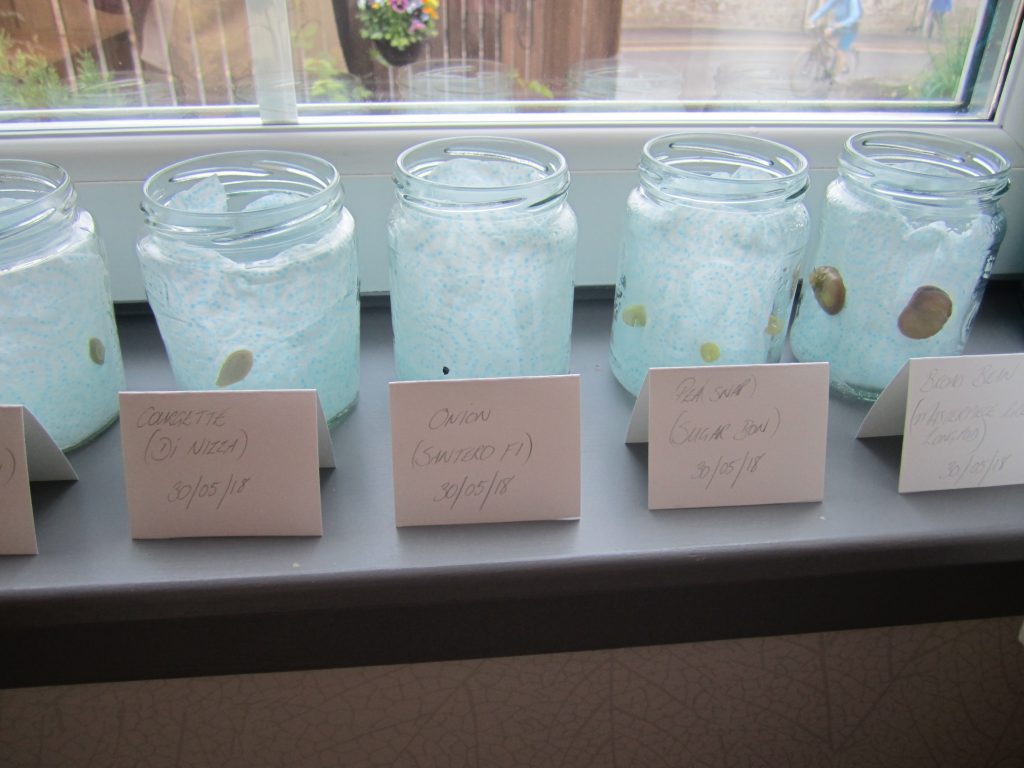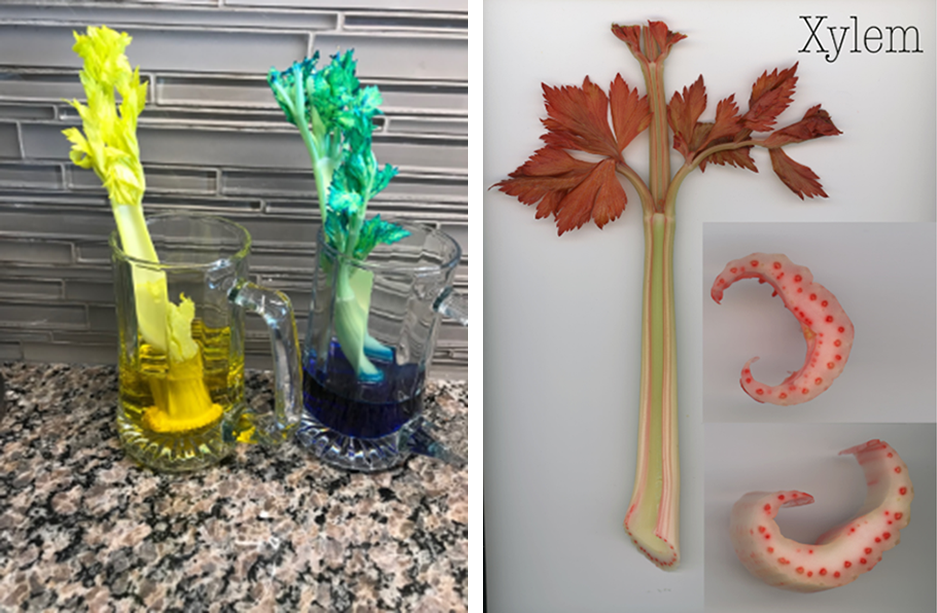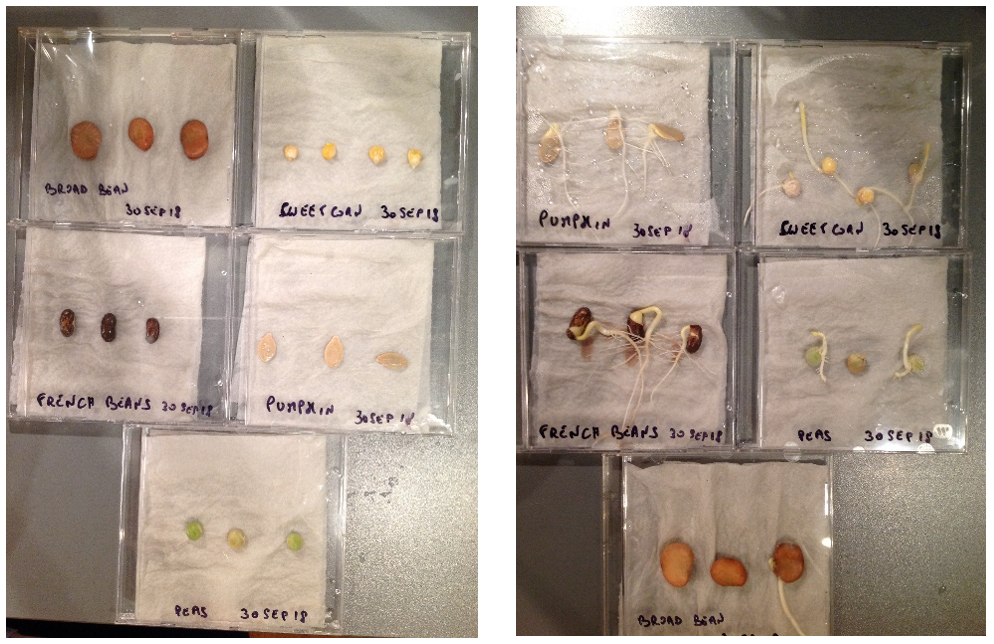‘Getting started with… Botany’ is an online course that introduces the amazing world of plants. Strictly speaking, it could be described as a beginners’ course, but it’s also a great introduction to online learning and a perfect grounding for anyone thinking of going into horticulture.
This is a course for anyone who is interested in plants and would like to learn more about how they work. It takes about 20 hours, which can be spread out in any way that suits you within a period of 6 months. You can find out more about it at onlinecourses.rbge.ac.uk/index.php/courses/getting-started-with-botany
Here is a small collection of the Online Learning Team’s favourite photos taken by course participants.

“One of the things I love about teaching botany is seeing people start to get excited about everyday plants they might previously not even have noticed.
Marion Nolan spotted this thistledown in a roadside verge, then looked really closely at it and could tell me all about the structure of the flower head, and how it is made of individual fruits each with a seed and its own parachute/umbrella of white fluff to help it disperse.”
Emily Wood, Course Tutor

“Adrienne Holman used the ‘Beginning with Seeds’ unit to
Jane Robertson, Online Learning Manager
make a lovely window display. Who knew how pretty experiments could be?”

“I smiled with delight at Valerie Redston’s wonderful
experiment with celery. Having tried this at home myself,
I can promise it is ridiculously exciting checking every
hour to see if anything has ‘happened’ (well, exciting for
us plant-mad folk). Valerie’s photo is particularly special
because it shows you what excellent results you can get
with just a few basic tools.Making the xylem system visible with food dyes can be
Louise Olley, Learning Technologist
difficult because the large molecules in modern dyes can’t pass up through the xylem. Special horticultural dyes (for colouring flowers) can give a more dramatic effect – as can be seen by Agita Keiri’s beautifully presented example.”

“I particularly liked the seeds in CD cases by Katia Galante.
Gavin Downey, Learning Technologist
What a great use of something that may be considered rubbish these days. And no soil required. What a bonus!”
You can find out more about this course at onlinecourses.rbge.ac.uk/index.php/courses/getting-started-with-botany
